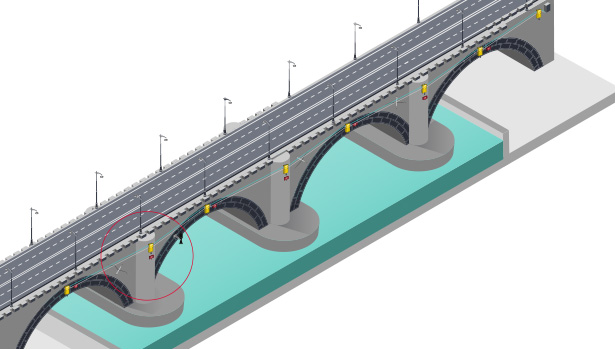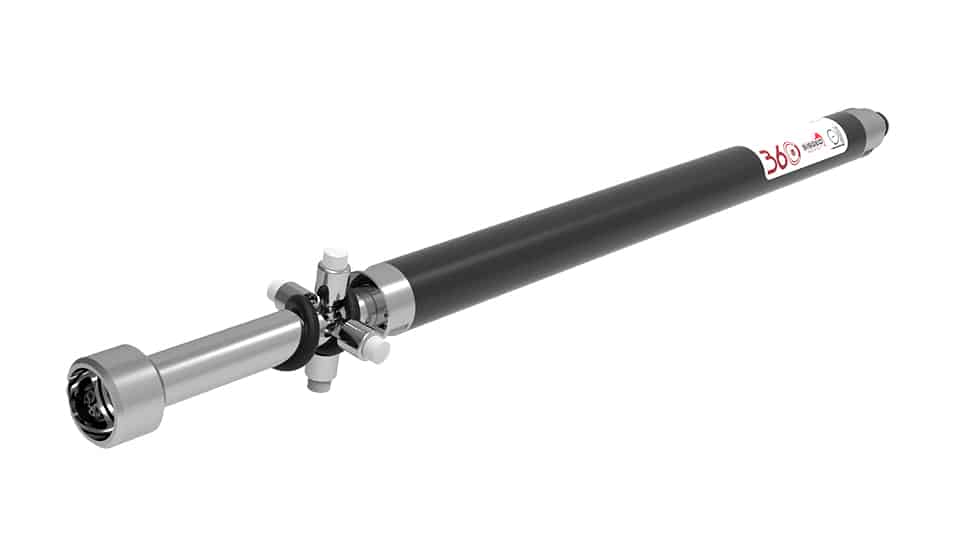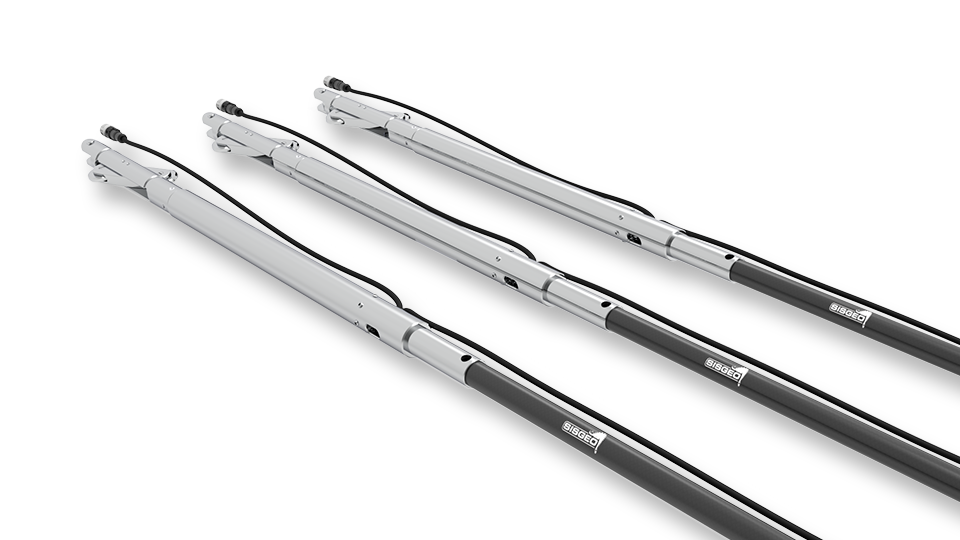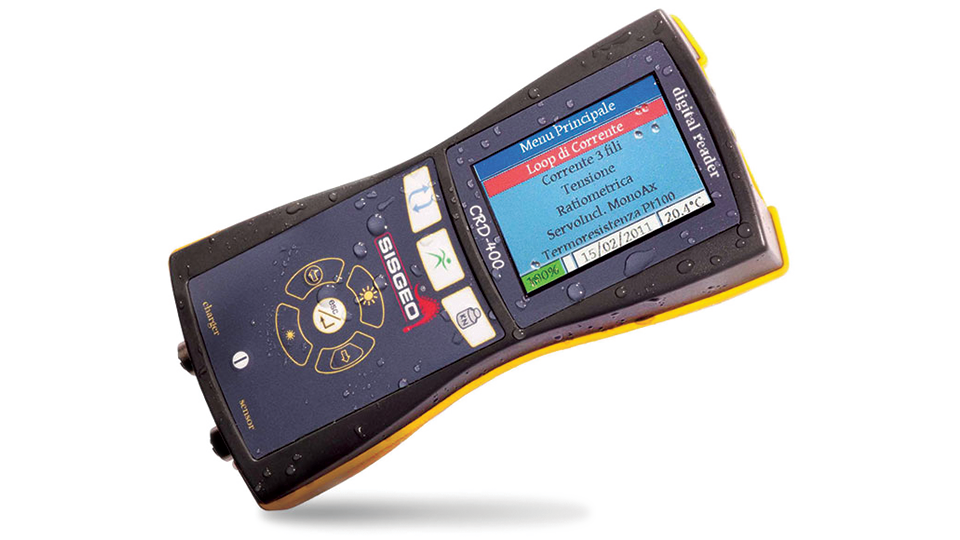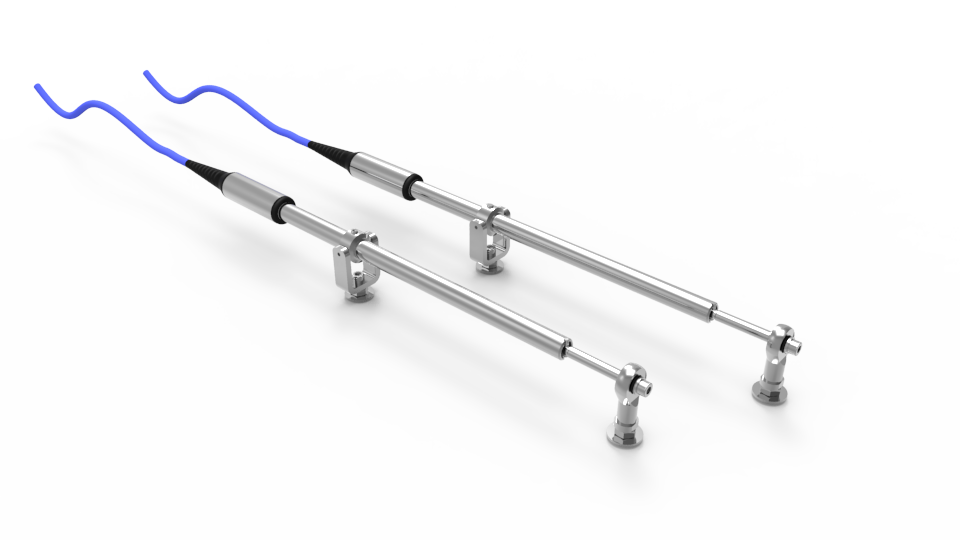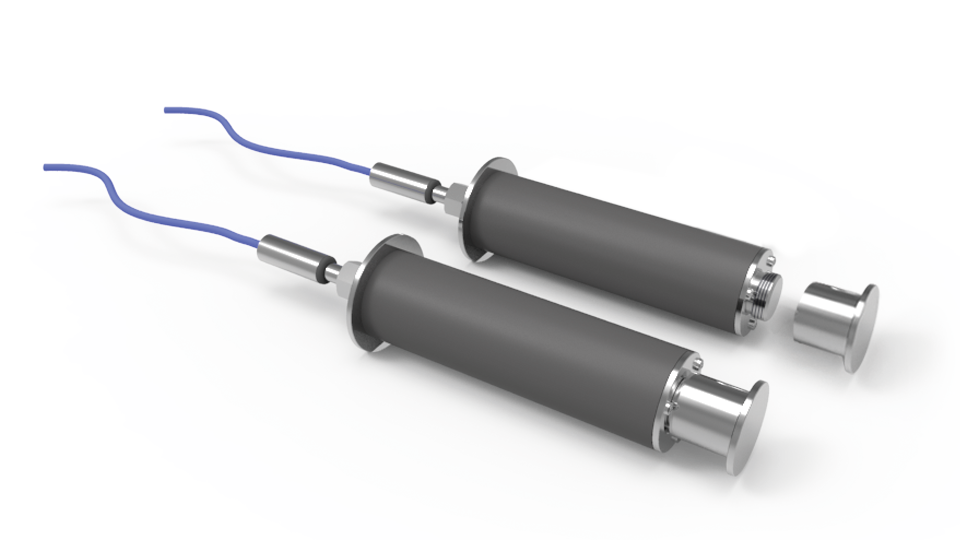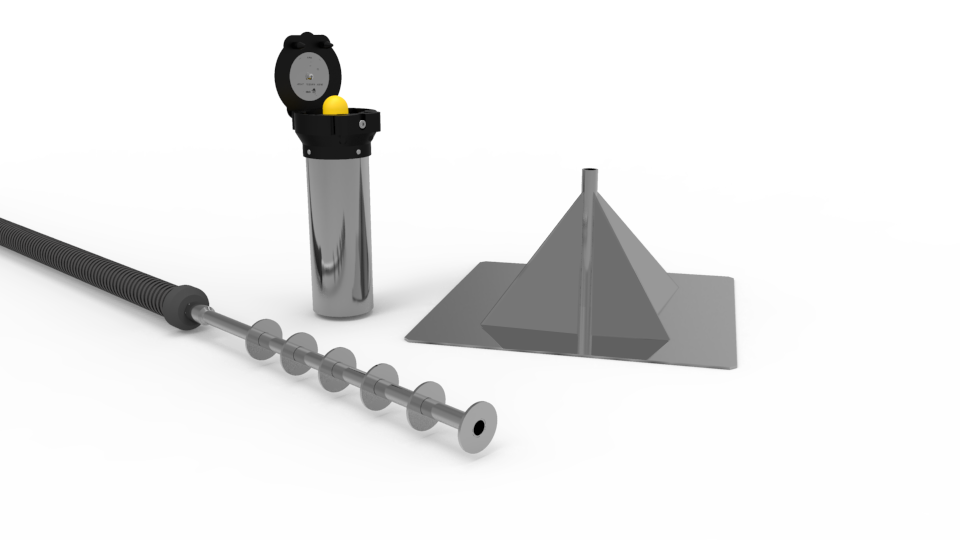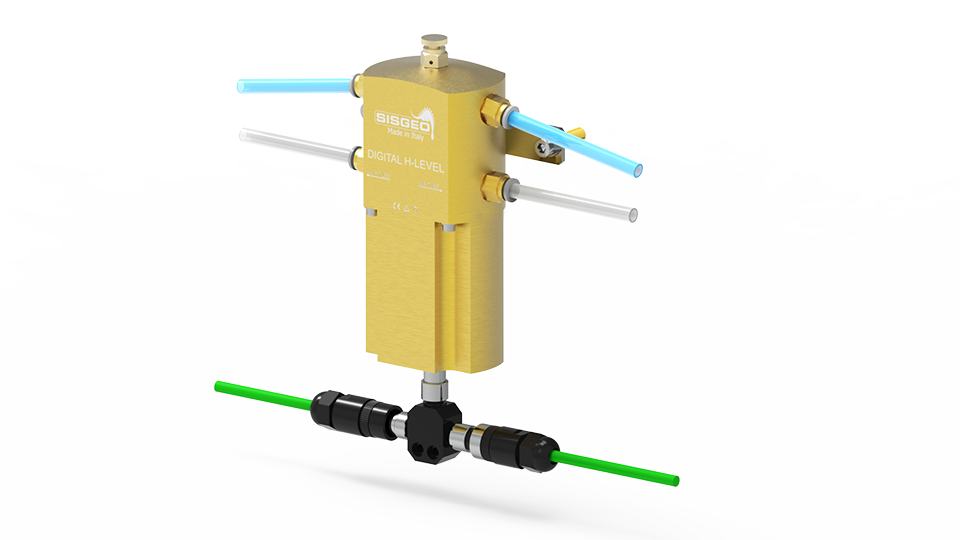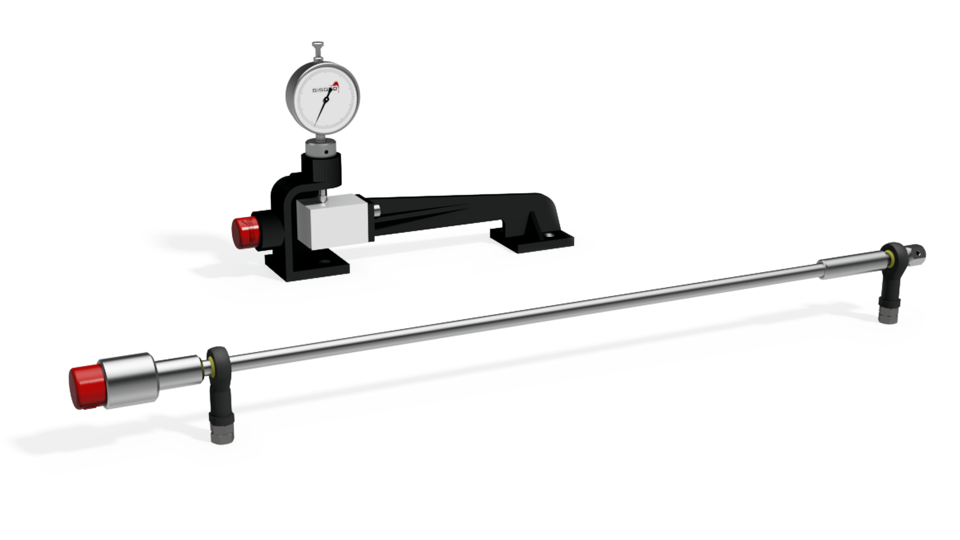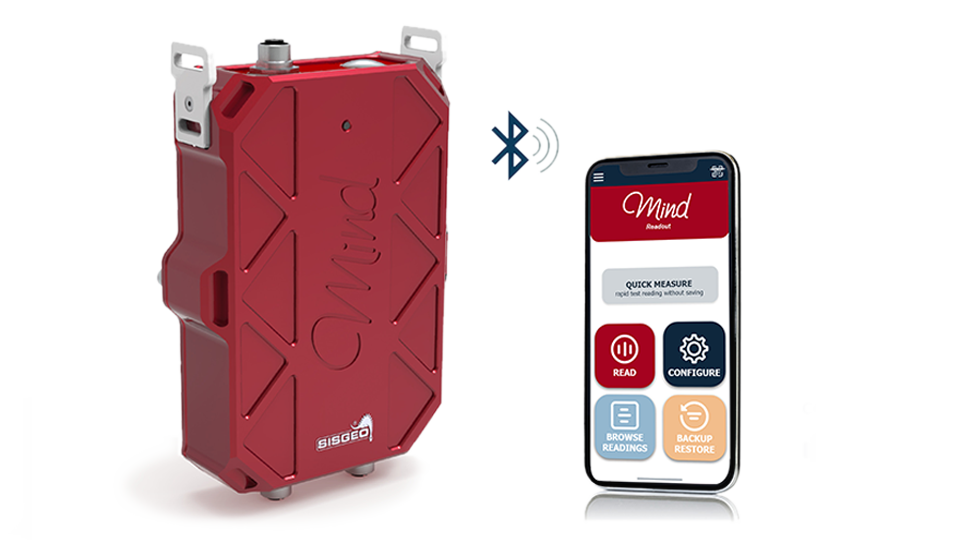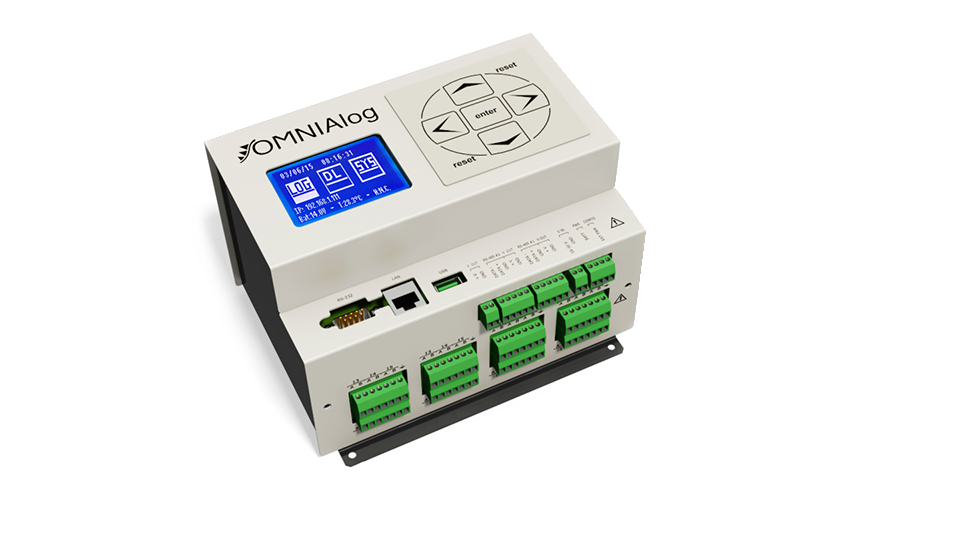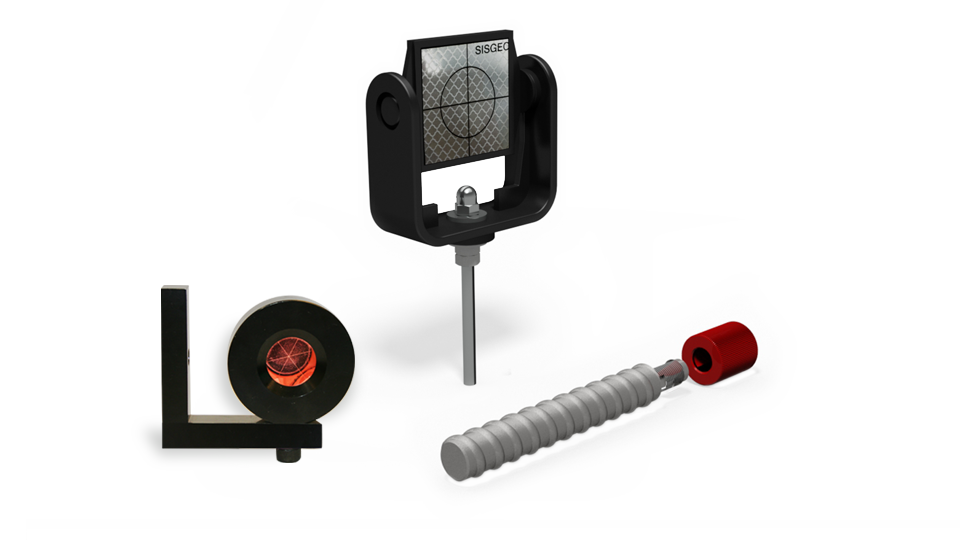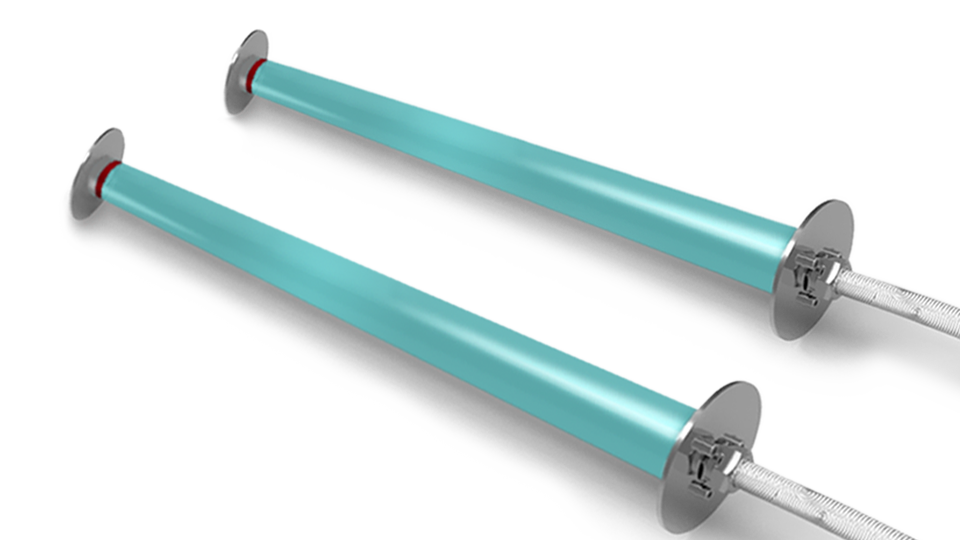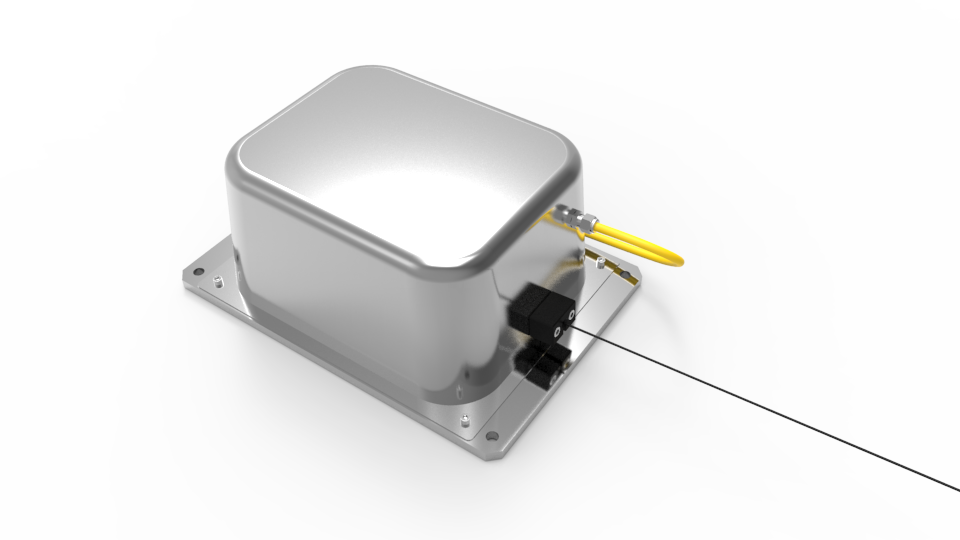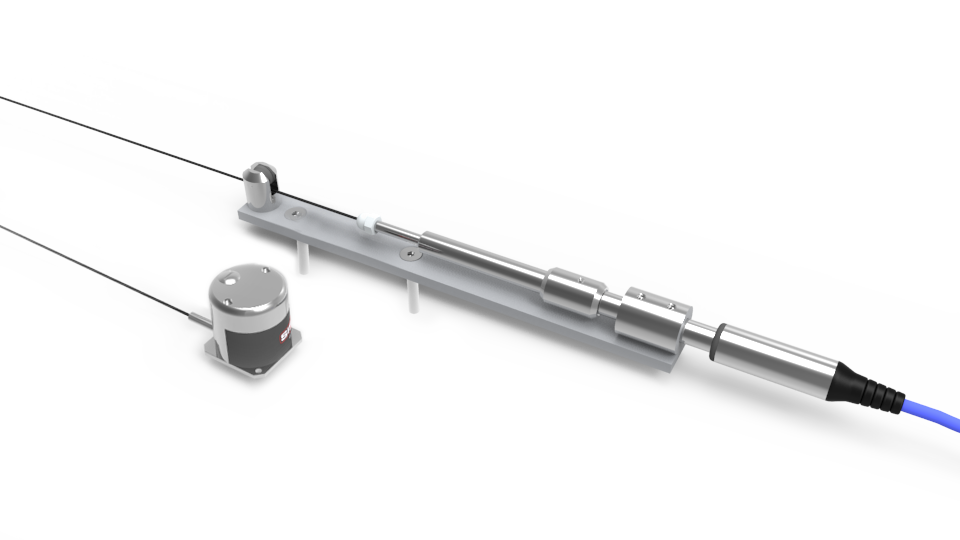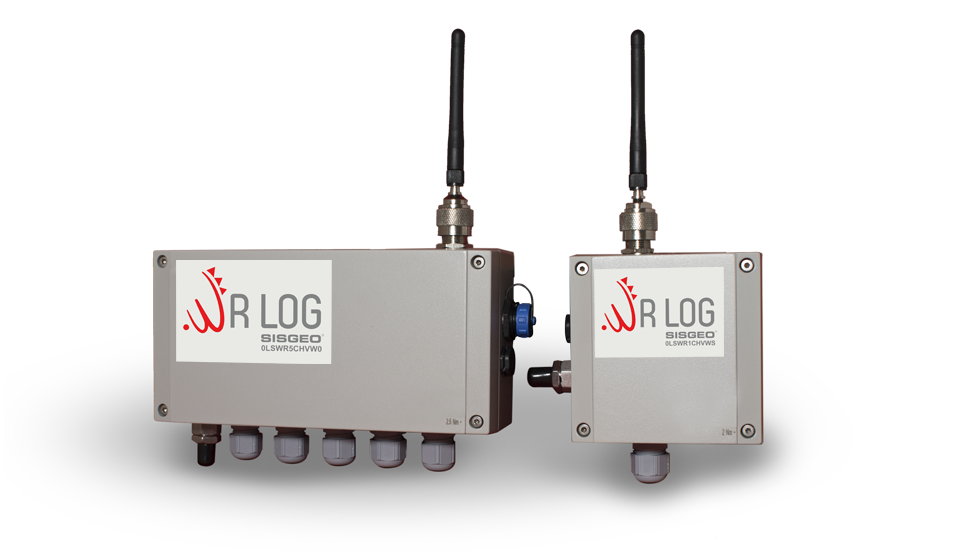What is arch bridges monitoring?
Arch bridges are structures that rely on the strength and stability of their arches to support the bridge deck and transfer loads to the abutments or piers.
Arch bridge monitoring involves both geotechnical and structural monitoring to ensure the safety and long-term performance of the bridge.
Geotechnical monitoring of an arch bridge involves the measurement and analysis of various parameters related to the soil and rock conditions beneath the bridge foundations. This may include monitoring the groundwater level and pressure, soil settlement, and slope stability. Gauges such as inclinometers, piezometers, settlement gauges and extensometers are often used to collect data on these parameters. By analysing this data, engineers can assess the stability of the bridge foundations and identify any potential issues that could affect the long-term performance and safety of the bridge.
Structural monitoring of an arch bridge involves the measurement and analysis of various parameters related to the bridge’s structural integrity. This may include monitoring the stresses and strains in the arch and other structural elements, and the deflection of the bridge deck. Techniques such as strain gauges, H-Level settlement gauges, tilt meters, crack meters and displacement sensors are often used to collect data on these parameters. By analysing this data, engineers can assess the health of the bridge and detect any signs of damage or deterioration that may require maintenance or repair.


